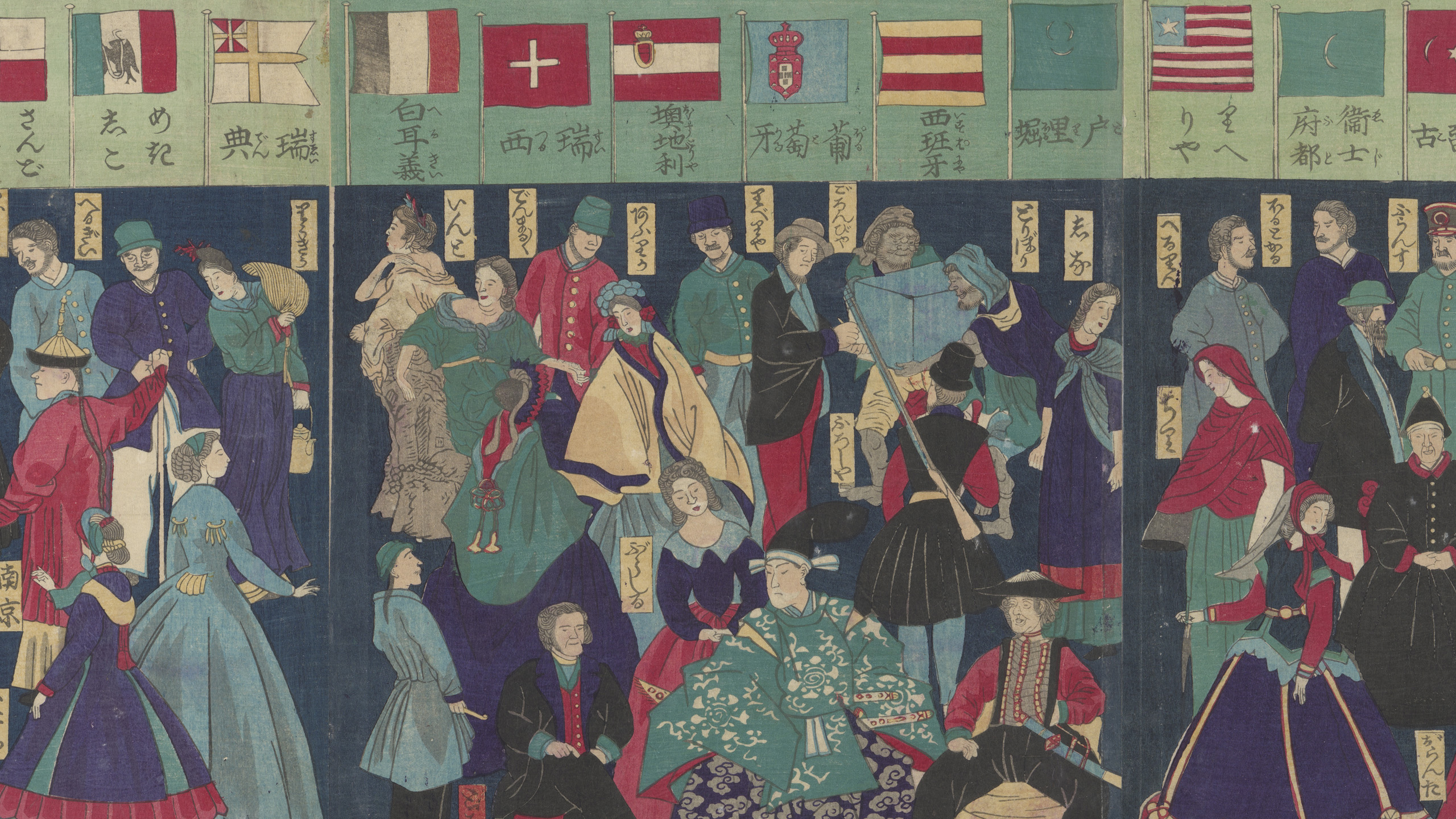Kamishibai
Kamishibai are Japanese paper plays that gained popularity among children in the 1930s and eventually became a popular medium for propaganda during World War II. Explore the entire digitized Kamishibai Collection from the Hoover Institution Archives.
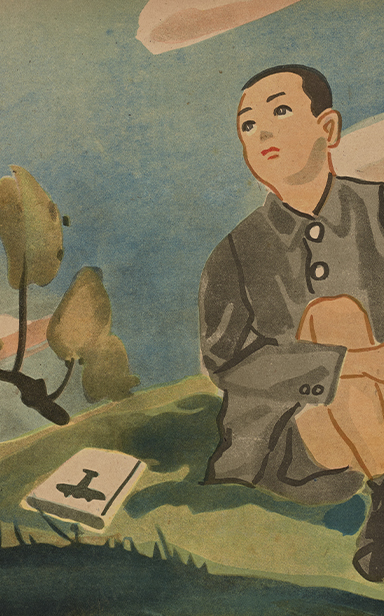
MOTHER OF A BABY EAGLE, 1942
A Kamishibai targeting children and parents that encourages Japanese youths to aim to join the military and be of service to the Emperor…
Explore more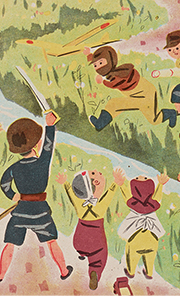
SOLDIER PLAY, 1944
This national policy Kamishibai is a playful attempt at teaching young children various roles of the military and mentions defeating the English and Americans…
Explore more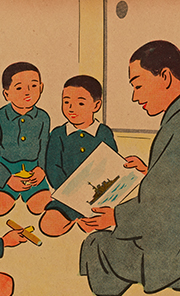
CHILDREN IN A GRASS FIELD, 1941
A national policy Kamishibai targeting children to help them get accustomed to war veterans and treat them with respect…
Explore more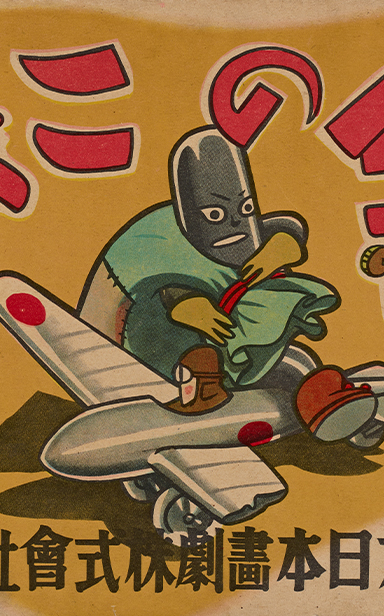
IRON DWARFS, 1941
In an attempt to encourage children to help recycle raw materials for the war effort, this Kamishibai uses anthropomorphic iron dwarfs to teach the types of items that would be useful…
Explore more
PEOPLE WHO FOLLOW SUIT, 1944
A national policy Kamishibai that encourages women to work in the military industrial complex while men join the military. It also delivered reassuring messages about production…
Explore moreNishiki-e
Nishiki-e, literally “brocade pictures,” are multicolored prints made by a Japanese woodblock printing technique that emerged in the late 18th century. The Japanese Woodblock Print Collection at Hoover contains mostly battle and political scenes from the late 19th century.
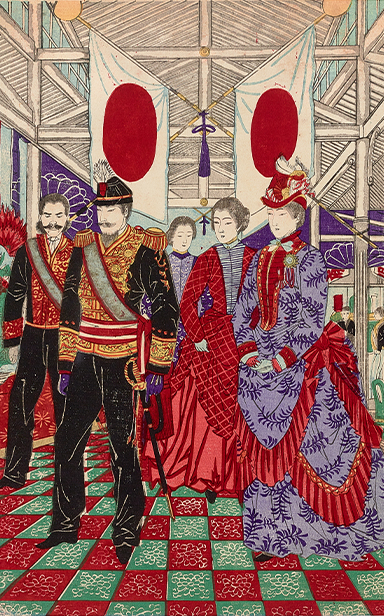
THIRD DOMESTIC EXHIBITION IN UENO PARK
東洲 勝月Tōshū Shōgetsu (active ca.1870–1900) (artist). The Third Domestic Exhibition in Ueno Park (上野公園地第三回内国博覧会ノ図 Ueno kōen dai 3-kai naikoku hakurankai no zu), February 1890…
Explore more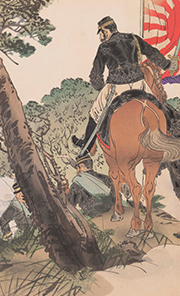
FIRST ARMY ADVANCING ON MUKDEN
Ogata, Gekkō, 1859-1920 尾形月耕 (artist). 第一軍奉天進撃ノ図 (Dai ichigun Hōten shingeki no zu), 1894…
Explore more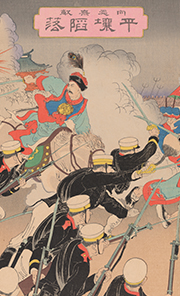
INVINCIBLE: THE FALL OF PYONGYANG
年英 Toshihide (右田年英 Migita Toshihide) (artist). Invincible: The Fall of Pyongyang (向處無敵 平壌陥落 Mukau tokoro tekinashi Heijō kanraku), 1894…
Explore more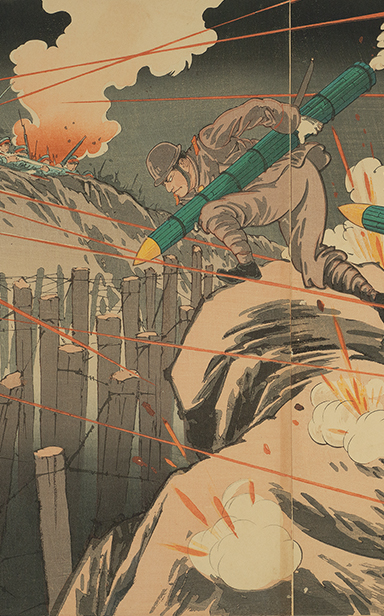
THE THREE BRAVE BOMBERS
小信 三世 Konobu III (Hasegawa, Sadanobu, 1848-1940 長谷川貞信) (artist). The Three Brave Human Bombers (爆弾三勇士 Bakudan san'yūshi), 1932 April…
Explore more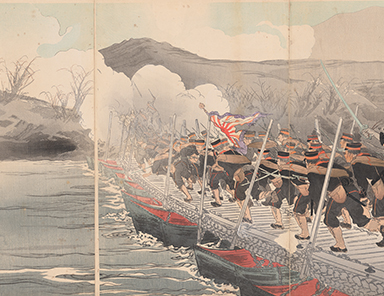
OUR ARMY CROSSES THE YALU RIVER
月三 Gessan (artists). Our Army Crosses the Yalu River On The Pontoon Bridge and Drives Back the Enemy Forces to Finally Occupy Jiuliancheng (我軍渡鴨緑江上ノ架橋ヲ渡リ 敵兵ヲ撃退シ九連城ヲ竟ニ占領ス Waga gun Ōryokkō-jō no kakyō o watari tekihei o gekitai shi Kurenjō o kyō ni senryō su), 1904…
Explore moreFrom the Hoover Institution Archives
Discover highlights of other collections and objects found in the Hoover Institution Archives related to propaganda and modern Japan.
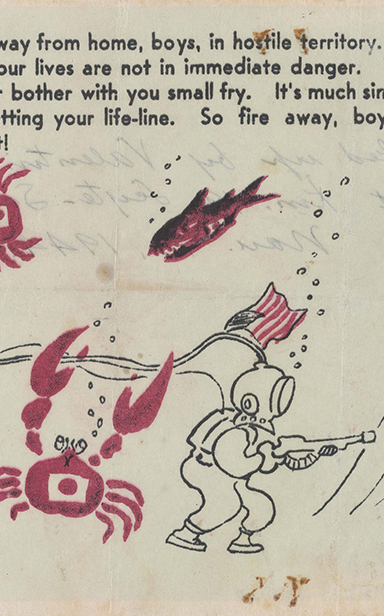
BONNER FRANK FELLERS PAPERS
Bonner Frank Fellers was the US military secretary to General Douglas MacArthur and the head of the psychological warfare operations against Japanese combat troops during World War II. His collection contains propaganda created by both Americans and Japanese during the war..…
Explore more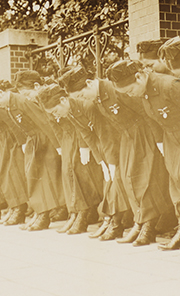
NIPPU JIJI PHOTO ARCHIVES
The Hoji Shinbun Digital Collection includes a number of newspapers and photographs including the Nippu Jiji Photo Archives, at the courtesy of the Hawaii Times Photo Archives Foundation….
Explore more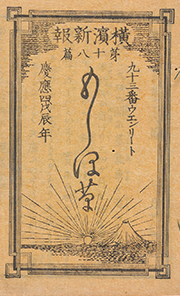
YOKOHAMA SHINPŌ MOSHIHOGUSA
Eugene M. Van Reed and Kishida Ginkō issued this as one of the earliest Japanese newspapers in 1868, featuring original content and reporting news from Japan and abroad…
Explore more
JEFFERSON JONES COLLECTION
Includes a set of 17 original sepia wash drawings of the Russo-Japanese War by unidentified Japanese artists, presumably for publication in the news graphic Senji Gahō.…
Explore more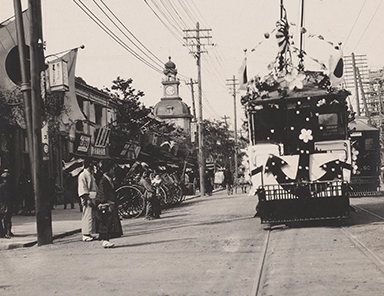
PAUL N. WOOLF PHOTOGRAPHIC COLLECTION
A collection of 131 original photographs taken by Woolf in Japan from March through July 1906, several of which depict scenes celebrating victory in the Russo-Japanese War.…
Explore moreFrom the Hoover Institution Library
Discover highlights of the books and serials found in the Hoover Institution Library related to propaganda and modern Japan.
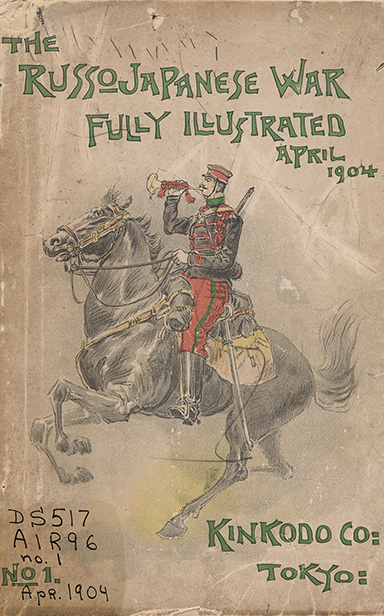
THE RUSSO-JAPANESE WAR FULLY ILLUSTRATED
This illustrated volume was produced by the Japanese publishing company Kinkodo during the Russo-Japanese War. The volume was published for an English-speaking audience during a time when the Western world watched closely as Japan and Russia vied for dominance in Korea.…
Explore more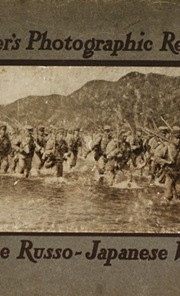
COLLIER'S PHOTOGRAPHIC RECORDS
A collection of photographs from the Russo-Japanese War by European war correspondents, edited and arranged by the English photojournalist James H. Hare…
Explore more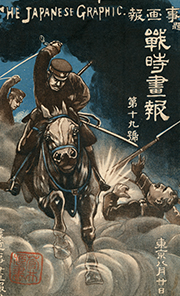
SENJI GAHŌ
Titled in English as The Japanese Graphic, though literally meaning “Wartime Graphic,” these issues were a rebranded version of Kinji Gahō Company’s regular news graphic during the Russo-Japanese War.…
Explore more
THRILLING STORIES OF THE RUSSIAN-JAPANESE WAR
One of many books published about the Russo-Japanese War in the West with a distinctly pro-Japanese perspective.…
Explore more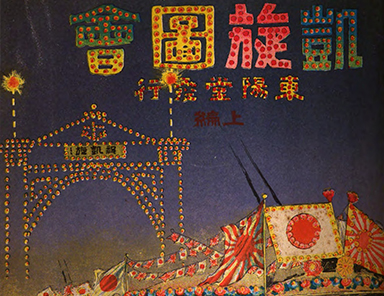
FŪZOKU GAHŌ
As the first graphic magazine produced in Japan, in 1889, the issues held at the Hoover Library cover the era of the First Sino-Japanese war.…
Explore more

